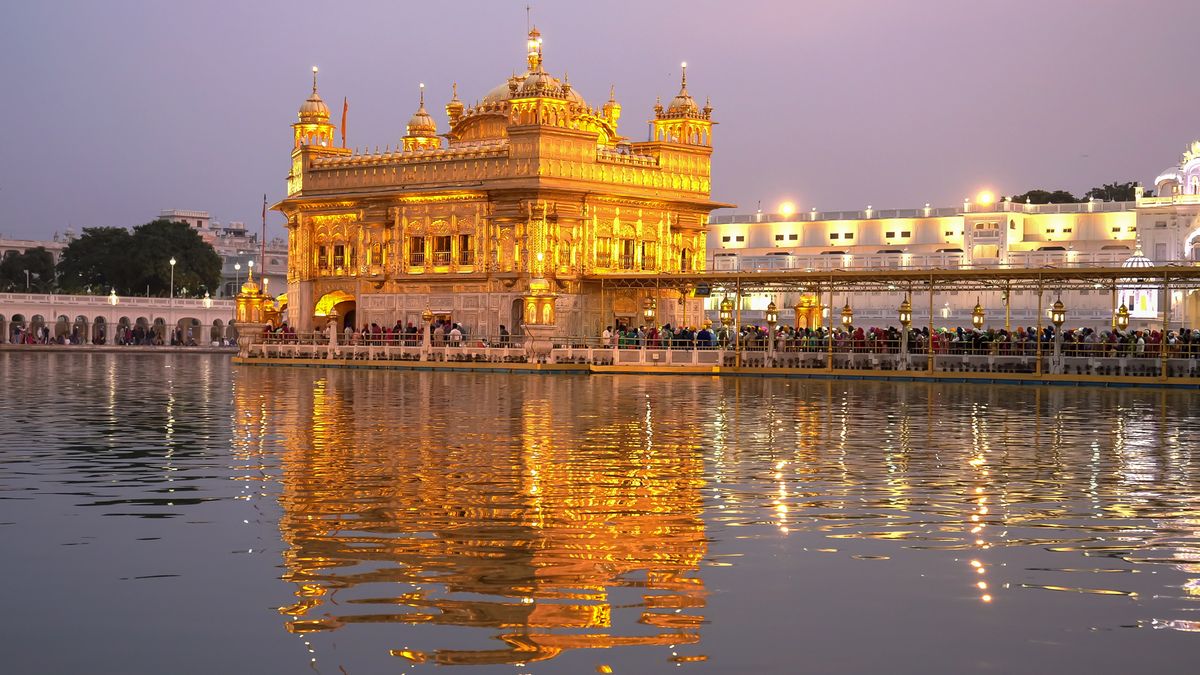See all Restaurants in Prague
Travelers also viewed these places similar to Amerikana III
If you have been to Amerikana III, share your experience
Review this placePlaces to visit nearby
- Wenceslas Square (Václavské náměstí) (0.9 km)
- Mucha Museum (1.2 km)
- The Story of Prague Castle - permanet exhibition (0 km)
Things to do nearby
- Vienna Day Trip (0.7 km)
- Ultra Ant Climbing Wall (0.8 km)
- High Ropes (0 km)
Places to eat nearby
- Ferdinanda (0.9 km)
- Cafe Oliveira (0.6 km)
- Jáva Restaurant & Café (0.2 km)
Places to shop nearby
- Praha Thrift Store (0.4 km)
- Praha hlavní nádraží | Prague Main Train Station (0.9 km)
- Bomton Centrum Krásy (0.9 km)





